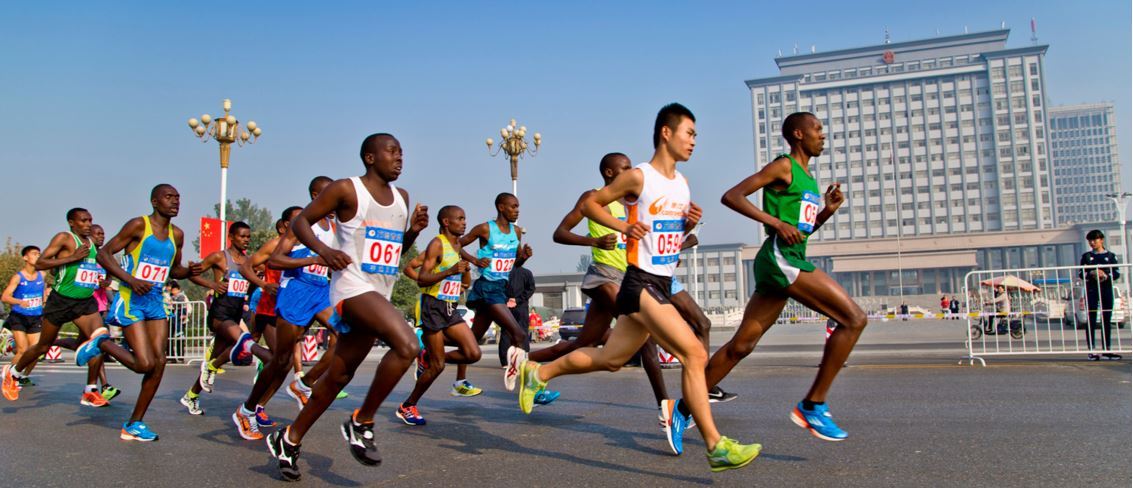
Do you remember Nike’s Breaking2 Project? During that project, Eliud Kipchoge came within 25 seconds of breaking the elusive two-hour mark in the marathon. He also posted time of 1:59.40 in the INEOS 1:59 challenge.
But that is a self-contained event with the environment set up to make the athlete run faster. When we will see someone actually running an official marathon under two hours? Is that possible? Let’s take a look at the scientific and sports facts.
To understand the physiological demands of that kind of achievement, we have to look at many factors.
Researchers from several universities have looked at 16 male distance runners and their performance during the Breaking2 Project. They found out that a 59-kilogram (130 pound) runner would need take in about four liters of oxygen per minute to maintain the pace needed for a 2-horu marathon. That is 21.1km per hour or 13.1 miles per hour.
They also learned that based on their VO2 max, elite runners can take in oxygen twice as fast at marathon pace as a normal runner could while sprinting at their max effort.
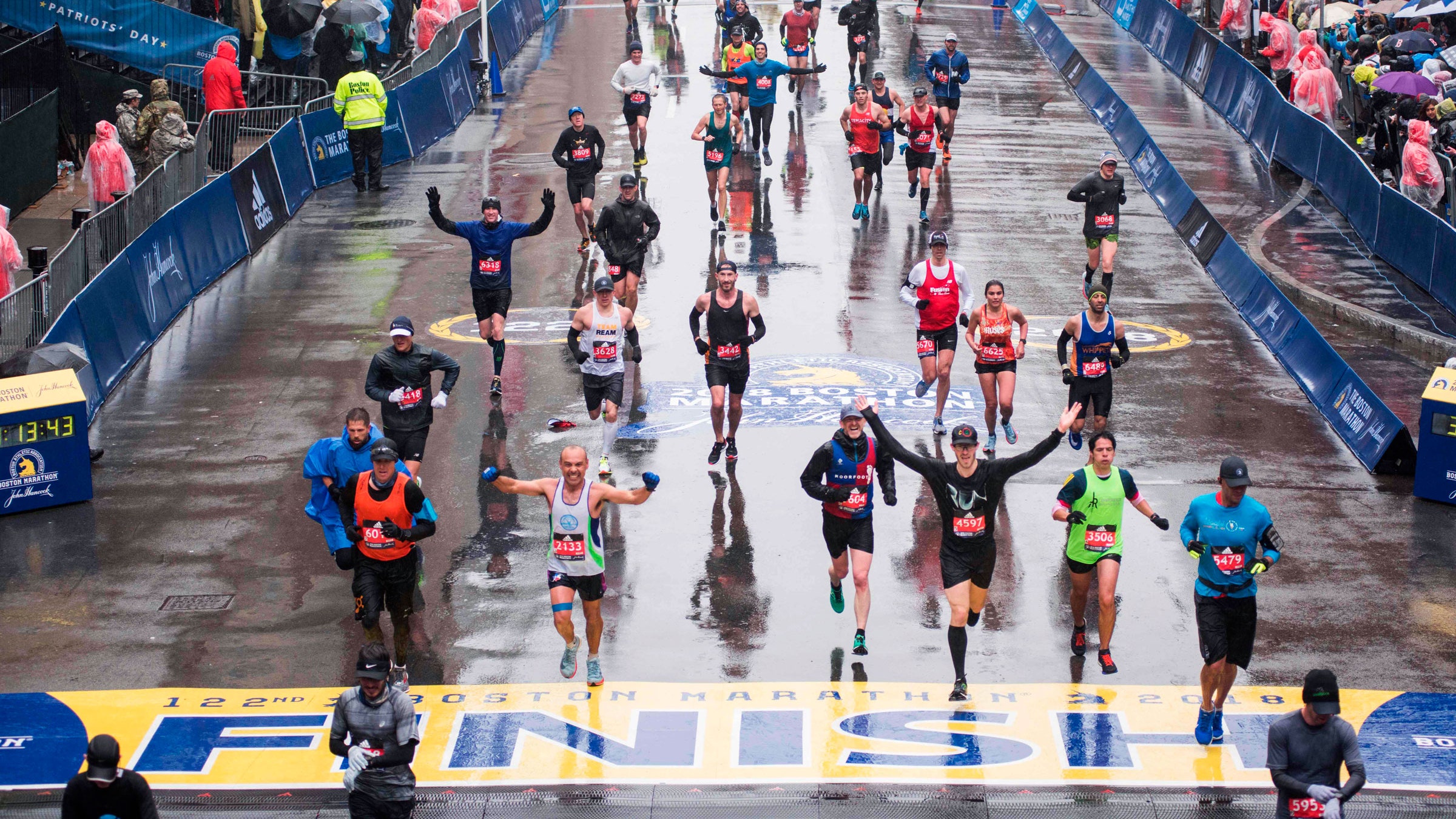
The conclusion was that the best marathon runners need a combination of excellent values. Those include exceptional running economy, ability to operate at a high fraction of maximum without fatigue, and a high VO2 max.
Here are the numbers that will show you how challenging a two-hour marathon actually is. To complete the marathon under two hours, an athlete has to cover the following distances at a particular time.
42.195 Kilometers in 2:00 hours
21.097 Kilometers in 1:00 hours
10,000 meters in 28:26 minutes
5,000 meters in 14:13 minutes
3,000 meters in 8:31.90 minutes
One Mile in 4:33.01 minutes
1,500 meters in 4:15.95 minutes
1,000 meters in 2:50.63 minutes
800 meters in 2:16.50 minutes
400 meters in 1:08.25 minutes
200 meters in 34.12 seconds
100 meters in 17.06 seconds
To put it simply, you have to run 100 meters 421 times continuously at 17 seconds per 100-meter pace for two hours or 7200 seconds. Or, you need to complete more than 105 laps on a 400 meters track at 17 seconds-100m pace. Now, if that is Usain Bolt running, maybe it is possible.
He had an average speed of 37 km/h, and peaked at 44.72 km/h. But that is not sustainable over a 42km marathon.
Kipchoge’s achievement is not an official world record. He did not run under two hours in race conditions. Yes, he also holds the official record, which is 2 hours, 1 minute, and 39 seconds.
Imagine running about the length of a football field in 17 seconds, and then doing it that 422 times in a row. That is what it takes to run a marathon in under two hours.
In a documentary titled Kipchoge: The Last Milestone, the athlete explains how he did it. Kipchoge did it at the INEOS 1:59 challenge event in Vienna, Austria. But the track was optimized to help him succeed. He admits it wouldn’t be possible without the dozens of people who helped him before and during the event.
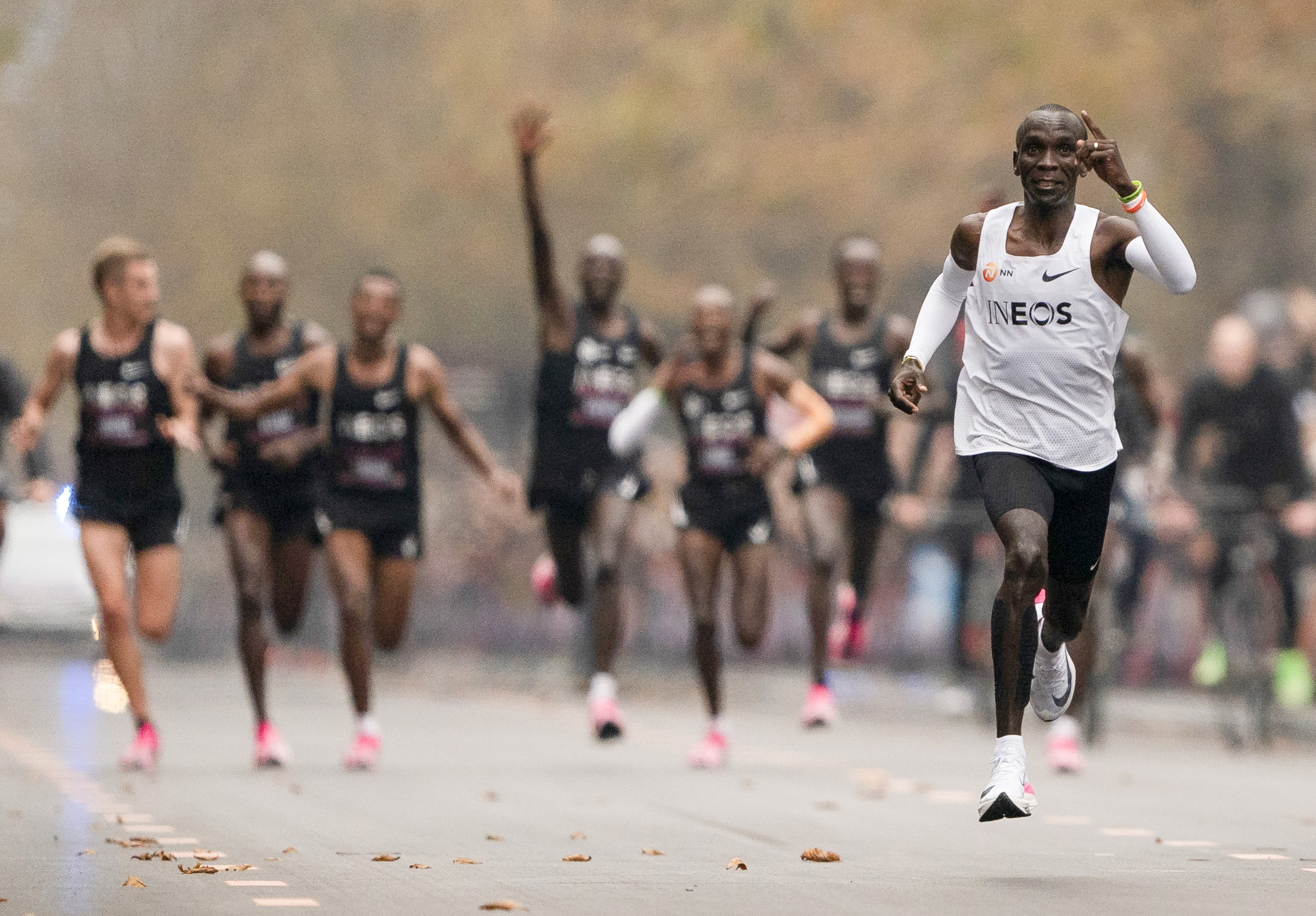
For the event, he credited an international group of 41 runners who trained with him ahead of the race and served as a phalanx of pacers during the marathon. He also ran on a very flat course, in a Nike shoe specially designed to be more energetically efficient. His team of nutritionists paid an impeccable attention to his nutrition.
He says he didn’t talk to anybody the morning of the INEOS challenge. Then, he gathered his initial group of pacers and the ran together to the starting line.
INEOS, the UK-based petrochemical company that sponsored his attempt, selected Prater Park in Vienna as the venue for the challenge. Why? Because it offered a route that has a 2.7-mile straightway with roundabouts on either end. Minimizing curves was crucial for the success because they require runners to exert more energy than sprinting straight.
The entire route had just 8 feet of incline, making it easier for Kipchoge to run. Even organizers transformed the two roundabouts into banked turns by rerouting the asphalt in those parts of the course. Basically, they made them titled at an angle. This change alone saved Kipchoge 12 seconds of time.
The team of researchers at British Athletics ran computer simulations and tests inside a wind tunnel to determine the optimal formation for his pacesetters.
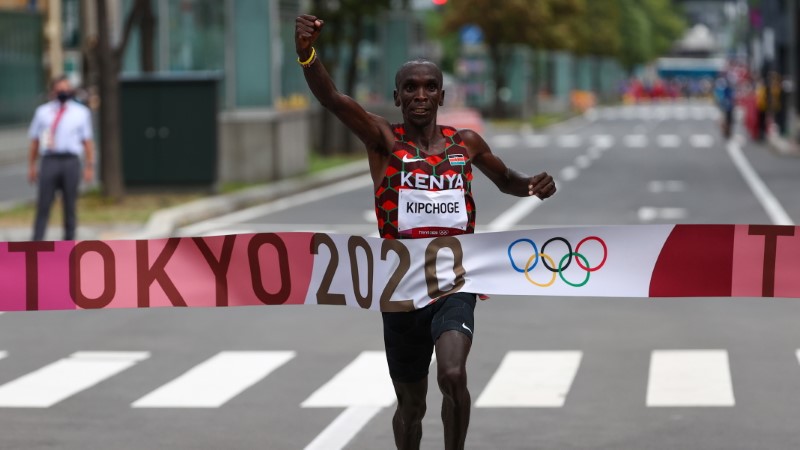
For example, during his previous try in 2017, they ran ahead of him in a V pattern, like geese in flight. But during the Vienna challenge, they formed a Y to minimize air resistance, with five runners in front of him and two at his heels. The runners in the shield rotated every 11 minutes and pacers knew where to run thanks to laser beams projected behind a pacing car.
Before Kipchoge and his INEOS challenge, another man wanted to set up the basic principles for the under two-hour marathon. That man is Yannis Pitsiladis, a professor of sport and exercise science at Brighton University.
He believed that the mark could be breached by 2019 and started a project in 2014 to do that. His SUB2 project began seven years after he and a team of reserchers observed the preparations of elite athletes and the world powers of distance running.
Yannis assembled a team of trainers, biomechanics specialists, data scientists, and nutritionists to work on every aspect of performance.
When can we see the under two-hour marathon in race conditions? Well, to get faster, any runner must either become more powerful or more efficient. Or the course must become easier. Those are the conditions and challenges that are in front of us.
How to make the runner more powerful? Well, the main measurement of his power is VO2 max, or the maximum volume of oxygen per unit of body weight they can use in a minute. Elite runners tend to use about 80% of maximum during a race. They can increase it by training at high intensity over sustained time periods.
Sadly, the ceiling is determined primarily by genetics. We cannot do much without using performance enhancing drugs. Blood doping with erythropoietin can increase VO2 max by artificially inflating haemoglobin levels. But he practice is illegal in marathon running.
How to make runners more efficient? Well, only about 45% of power generated by our legs actually pushes us forward. The rest is dissipated as the foot strikes the ground. One way we can make athletes more efficient is to return more of that energy to the legs with every stride. That can be doen with some sort of spring-loaded footwear. Nike has a patent for this.
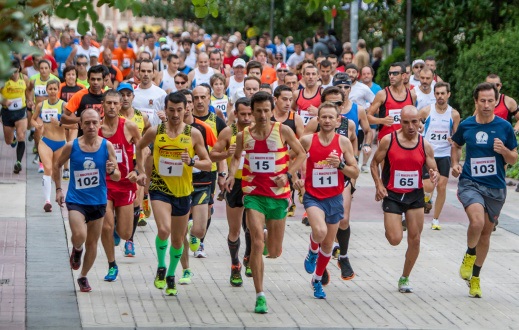
Still, many experts do not believe that springy shoes are going to be the answer for breaking the two hour barrier.
And how to make the course easier? Well, an all-downhill course in ideal weather, a stiff tailwind is the way to go. Running below sea level could also help because oxygen concentration increases as altitude decreases. This makes breathing more efficient.
We can also make pacers run part of the course at a sub-hour race allowing the racer to cut air resistance.
The realistic time to see this goal is in 15 to 30 years. Performance jumps of about 2% are common in modern sports. For example, Usain Bolt brought the record for 100-meter sprint from 9.74 to 9.58. He became the first one to run below 9.6. And that was an improvement of 1.7%.
But in marathon performance, we have seen 2% increase in the last 15 years. We’ve already seen 2 minutes taken off. Without some gimmicks, we might see it in the next 10 to 15 years. Two more minutes can come down from the record and we will have a sub-two-hour marathon.

Mike Tyson is a retired American professional boxer who is widely considered one of the greatest heavyweight boxers of all time. He was born in Brooklyn, New York in 1966 and began...
In 2019, the world of motorsports saw something it had rarely seen before; the two toughest endurance events in motor racing took place back-to-back: the 24h of Le Mans and the 24h...
The NFL is one of the biggest and most profitable sports leagues in the United States. But players in the NBA have the highest average salary per player and earn more money from en...
The Indian Premier League has only been around for 12 years, but it has fast become one of the most popular and valuable cricket leagues on the planet.In 2018, the league was value...